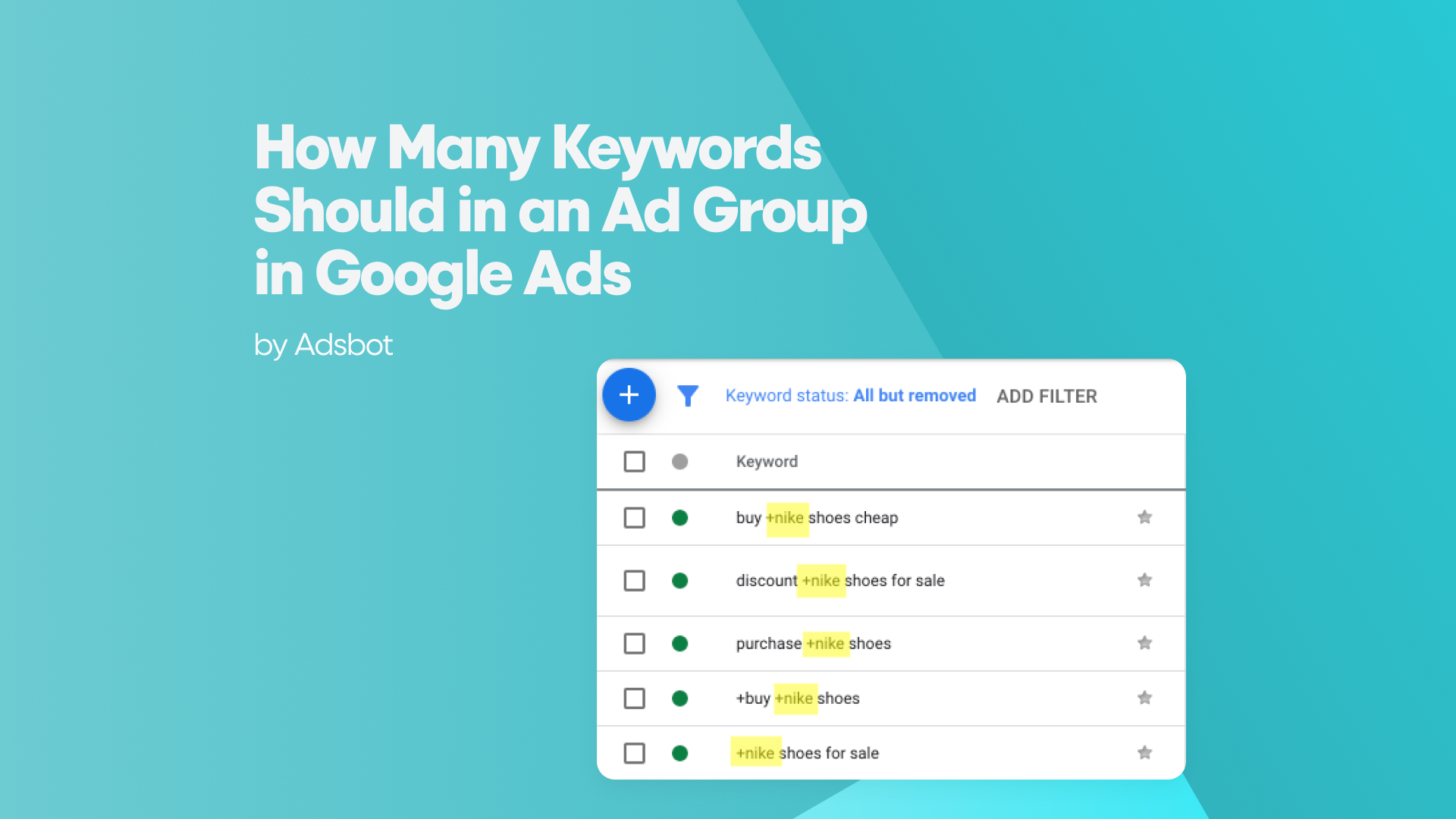The eCommerce customer journey map is a visual representation of the different stages that a customer goes through when interacting with an eCommerce website or online store. Understanding the customer journey is essential for eCommerce businesses to optimize their website and online shopping experience to increase conversions, build customer loyalty, and drive revenue. In this article, we’ll go over the basics of eCommerce customer journey maps and how they can help improve your online store.
Awareness
The first stage in the eCommerce customer journey is the awareness stage, where customers become aware of your brand and products. At this stage, customers are usually searching for information related to their needs or interests. Your website must appear in their search results and catch their attention with engaging content, product descriptions, and visuals.
Consideration
Potential customers investigate items and techniques to address their issues during the consideration stage. Let’s take the scenario where you wish to begin a study pattern. Start by conducting some research using search engines. You will probably see a few adverts on social media and realize you need a study schedule for that particular goal. Once you’ve reached this decision, you may start looking for the best way to achieve this goal. This entire procedure serves as a superb illustration of the consideration stage. Reviewing websites and buyer guides (on your website or elsewhere), retargeting relevant advertising, obtaining promotional emails, scrolling through your product pages, and examining your shipping, warranty, and return policies are all possible touchpoints during this stage.
Purchase
The purchase stage is where the customer decides to buy your product. Your eCommerce website must make it easy for customers to purchase, providing a seamless checkout process with multiple payment options, shipping methods, and order tracking. Customers may also require additional support or assistance to complete their purchase, such as customer service chatbots or help desks.
Retention
Following a client’s initial purchase, the quality of your offering and level of customer care will determine if they want to do business with you again. Consider the following scenarios: Someone wants to return the item; the box is missing; it was delivered to the incorrect address. If the encounter is unpleasant, they won’t do business with you again. Contrary, if everything goes well, they’ll probably think about giving it a good review. You could also consider using social media advertisements and retargeting marketing during the retention phase to increase the number of times your items appear online. Once you’ve won over your consumers, they’ll keep doing business with you because they’ll start to notice you online and want to interact with you.
Advocacy
The advocacy stage is where satisfied customers become advocates for your brand, referring your products to friends and family or leaving positive reviews and ratings on your website and social media channels. You can encourage advocacy by providing excellent customer service, following up with customers, and offering incentives for referrals.
How Do You Map a Customer Journey in Five Steps?
Customer journey maps might be straightforward or quite complex. The variety of consumers you service, the number of outlets they may use to contact you, and the variety of routes they may take to find items and make purchases will all impact your business’ complexity. To better understand this potentially complex process, the five essential steps for eCommerce entrepreneurs to maintain a good customer journey map experience are summarized in the following section of our article.
Step #1: Identifying Main Goals
You may specify your goals and the clients you wish to research by drawing a customer journey map. Additionally, it will enable you to focus more intently on many eCommerce business difficulties.
Step #2: Idealising Buyer Characteristics/Personas
Buyer personas are fictional representations of your ideal clients (rooted in data). To put it in another way, as you analyze your customer data, you should search for trends and develop user personas that accurately represent each significant category of client. If you offer exquisite wines online, for instance, you could discover that a substantial portion of your customers are retired baby boomers, whereas urban millennials are another critical category.
Step #3: Finding out the Roots of Problems and Understanding the Decision-making Process
You should recognize the significance of learning the factors influencing your customers’ decisions by viewing every purchase as a customer decision intended to address and solve an issue in their life. Think about what motivates customers to look for your product’s solutions. While doing so, consider both your emotional motivations and your actual life.
Step #4: Illustrating the Journey
Never forget a simple rule: every journey map needs an actual map. However, each map’s shape might differ significantly from one another. You may learn more about the key elements of such a customer journey map in the following sections, but the information you need will depend on how many platforms you use to generate business and how complicated each client trip is.
Step #5: Finding out the Main Touchpoints
You may recall the importance of touchpoints in the previous section, where we described the four initial stages of a customer journey map. Arguably, identifying necessary touchpoints for your perspective map is also relatively important in this section. Here, you may consider creating a map of all the influential touchpoints and mark the instances where potential customers become frustrated or lose interest. Utilizing this basement, you may be able to create a path that is more frictionless and leads users to increased engagement.
Find out How You Can Perform Better
This article introduced some of the most critical aspects of constructing a successful customer journey map for eCommerce. Awareness, Consideration, Decision, and ultimately, Retention stages all play considerable roles in sustaining a healthy bond between you and your clients. Moreover, you should always take the critical steps of accounting for such a map while underlining your respective strategy. You can make this process much easier and more reliable by using the lifesaving services Adsbot offers for your company. You will notice the effectiveness of using Adsbot after achieving remarkable results in two shakes of a lamb’s tail! Come on, try our product for 14 days, and let us know if you find what you’re looking for.
How Does Adsbot Help You?
Adsbot helps you automate and optimize your campaigns for the first 3 steps to brings customers to your website. Get insights, alerts and smart recommendations with a single click. You will have full control on your account and focus on strategy. Start you free trial today and see Adsbot in action.
Popular Posts
-
Google Ads Script for Dummies: An Introduction
Imagine you have an e-commerce website that sells licensed superhero…
Read more -
How Many Keywords Should in an Ad Group in Google Ads?
Are you new to Google Ads and trying to…
Read more -
Google Ads Character Limits
Google Ads has character limits for various elements of an…
Read more -
Google Ads Sitelink Character Limits
Are you looking to maximize your Google Ads campaigns?…
Read more
Register for our Free 14-day Trial now!
No credit card required, cancel anytime.





